 After last weeks controversial Cedar Point article, RD has found himself in the holiday spirit this week and is back to tell us a little story about Vegas past, all the way back in 1995. As chance would have it, 1995 marks the year I married my wife, in Vegas. I resisted the temptation to post a picture of me with hair instead of old Andy Rooney over there. Enjoy!! - Gregg * Click on any of the pictures below to see a larger version Flashback 1995: I decided to take a break from OpEd this week, and instead reflect on a trip that changed me quite a bit in terms of my theme-park visiting self. Back in late 1995, my family decided that rather than spend another year coming together on the east coast, we would instead travel to Las Vegas. I had just turned 21, and the mysteries of Las Vegas were something I'd been curious about for years. The sheer size of the properties, and the growth of the city had been exponential since the Mirage opened a few years earlier; in fact, it was kind of a theme-park on steroids. Our trip began late on the 26th of December, flying across country on another 'new' airline of the era- Western Pacific. First class it was not, and with odd departure times even worse. Arriving at Colorado Springs, we changed to what would be my first glimpse of the 'new' Las Vegas - the Stardust theme jet - which would transport us to this adult fantasyland. Arriving in Las Vegas is something pretty unusual during the day, but at night it is even more spectacular. Nothing but darkness greeted our late arrival in, until we turned - and next to McCarran field was a festival of spectacular lights - the MGM Grand, the light from LUXOR, the castle of Excalibur, and many others. Vegas had just blown my mind, and her allure drew me in. The rest of the family arrived the next day, and while my older relatives were in charge of depositing the life savings into the slots, I took the time to explore Las Vegas 1995. With my nephews in tow, we headed to ride EVERYTHING in Las Vegas - and I do mean everything. Our first encounter with the family friendly Sin City was the Grand Slam Canyon - now known as The Adventuredome at Circus Circus. In the late 80s, Circus Circus had begun a master plan of building theme resorts to match or beat what The Mirage had done for the middle strip area. In this included the Excalibur, the Luxor and other projects, but for me and others this meant: GRAND SLAM CANYON! An indoor paradise of what was an odd melding of faux rockwork, assorted rides of all sizes, and the Canyon Blaster. Canyon Blaster is an Arrow four-inversion coaster, and admittedly one of their finest. Back then the dome was packed (It was, after all, New Year's week) and two train operations were taking place. To see how efficiently they loaded those trains was a miracle. They never stacked up, they never slowed down, and the lines were always moving. Motion Theaters showed different RideWorks films, and the Rim Runner offered to soak anybody who wanted to. It was incredible - and all in the air-conditioned comfort of a bright purple & pink dome. Wonderous in all dimensions, and a world of fun for all. I also recall the 'Adult's Only' section... a hidden bar atop the midway area where one could find some semolence of quiet, and beer. The next day brought forth a now-lost Vegas wonderland: MGM Grand Adventures. In the early 90s, the MGM was to be reborn after a disasterous 80s, but this time larger, grander & more elaborate. The original MGM had been named Bally's years ago after the dreadful fire that made worldwide headlines; the new project would only share a name with it. The MGM Grand itself was a show UNTO itself, featuring a Wizard of Oz theme, and shows to match. One could see the Wicked Witch flying over the heads of gamblers at the tables & slots, and a yellow brick carpet led younger guests behind the hotel - and to MGM Grand Adventures. Grand Adventures in itself was a true theme-park in every sense of the word. Rides, shows & attractions would have fit in perfectly into any park in the country, though scaled down a bit due to the size of the location. Their primary coaster was the Lightning Bolt - and despite the compact size... it packed a PUNCH. This first incarnation of it (Lightning Bolt went through three during its lifespan) was not only enclosed - but completely dark; a Space Mountain but without the space! The train was exceptionally long - 12 cars - and was an early Intamin ride. If you were sitting in the front or rear of the train, you got totally different ride experiences; in the front you got catapulted around the course as the train accelerated off the lift and around the swoop turns; in the rear you got dragged down HARD off the top of the lift and into the course. Those of us who had a chance to ride this there got a real treat; a ride that for its size was amazing on all accounts. In addition to the Lightning Bolt, other attractions included an Intamin Log Flume & River Rapids, a Pirate's show theater, the typical bumper cars, and two notable 'oddities' of rides/shows. The first was the Deep Space Exploration ride, occupying the show building next to Lightning Bolt. This was a simulator mixed with a moving ride-through. Campy, cheesy & odd, the 'sides' of the vehicles would rise up during the show scenes, and a projected film would play during the ride portions. The second was the Backlot River Tour - a very odd and weird Jungle Cruise meets Backlot Studio tour ride that had puke-worthy jokes & scenes from old MGM films narrated by a skipper on a guided course. It was for such as small park a valiant attempt to capitalize on Disney's attractions, but done in a way to make it unique. The scale & class of the park was very well done, here in the middle of the Las Vegas desert was an oasis away from the gambling & the lurid side of the city. MGM Grand Adventures was a place where one could really see the attempt to 'family' the Las Vegas experience. And what better way to get from the MGM to the middle of the strip? Why, of course, take a MONORAIL! Now I know what you're thinking: There's been a monorail there for years... and you'd be right. But back in 1995, it was a single segment system, linking the MGM Grand with Bally's - but what made it that much more amazing is that the two trains operating on it were from Walt Disney World's inventory. Yes, here in Las Vegas 1995, you could experience the same fun of whooshing from fantasy to fantasy on a Disney Monorail. When these beauties arrived from Florida, they were painted with the 'new' owners logos on them - one for the MGM Lion, the other for Bally's, and placed onto the beams. What they didn't do was cover over or remove the original Walt Disney World logos - some of which could be viewed inside the cars on the doors, and if you looked closely enough, also under the paint. Sadly, these original monorail cars now languish in the desert, a sad site as of late. Las Vegas 1995 was a true wonderland, but sadly most of it is gone now. MGM Grand Adventures shrank, then disappeared as the owners decided to remove the 'family' aspect of the resort; most of what was the park is now a pool area & parts of the expanded facilities around the resort. The Lighting Bolt came out of it's building and was then later extended; when MGM finally closed the doors on the park it was sold to a small park in Fresno, and sat in the lands around there for years. It has not been heard from since. The Log flume & River Rapids both found new owners, with their useful lives continue on elsewhere. As for Grand Slam Canyon, it has succeeded and still lives on, though with a different array of attractions. The Rim Runner closed down in 2013 for good, and has since been replaced by the El Loco coaster. Other attractions have been added as well, adding more of a 'thrill' aspect to the park than previously envisioned. The Monorail itself went through massive changes. First, the Disney vehicles were removed and replaced with Bombardier trains, and the system extended up the strip. For now, this is still a work in progress, as plans to extend the monorail to the airport have been proposed, as well as potentially forming a loop around the outside of the Strip area. Time will tell if these come true. And of the Stardust - both the hotel & the plane? Stardust closed in the mid 2000's, and was imploded to make way for a new project; as of this writing, the site is currently awaiting the construction of a new hotel/casino in the future. As for Western Pacific & the Stardjust jet, both did not see long into the future: Western Pacific closed their doors in 1997, a victim of the era, with the Stardust jet finding her way to other owners. Las Vegas is still my second home in a lot of ways. Though she has changed & grown over the past 20 years, she still is a place I love, and a place I frequent often. The future will see more change & growth, and that alone makes it the ultimate fantasyland.
2 Comments
EDITORIALThat means this is the opinion of one person, not a trip report or news article. Please keep that in mind as you are reading.  RD is back this week with another article, this time talking about Cedar Point, the park nobody hates. While I've never personally been to Cedar Point, even an outside observer can see what the focus of the park has been for the past 15-20 years, and it's certainly not families. Read on to see how RD thinks "America's Best Amusement Park" can be fixed. - Gregg Before y'all hang me in effigy, this isn't meant to trash Cedar Point - or the very hard working employees & people who make up the park. Instead, I'd like to focus a bit on the park itself - and some of the decisions made over the past 15 years that I feel are a mistake. My last visit to the Point was in 2004 - at the dawn of the Top Thrill Dragster. And I will admit, the trip was a bust for me. Why? Not for the rides being broken - in fact, everything (even TTD) was operating at capacity, and efficiently. Or for the staff - many of whom were some of the friendliest I've met outside of Disney. But rather: I ran out of things I wanted to ride - or for that matter - things I felt comfortable riding. I found that I was out-sized for the park. Everything had to be BIGGER! TALLER! FASTER! than anybody else - an ego complex of size & scale. And that's where I found that I was missing out. And the trend has continued there unabated. Family coasters such as Wildcat, Disaster Transport & White Water landing have been removed; other family rides have been relocated or removed as well, and the focus has been almost entirely on larger attractions. While this gives media draw to a park as well as patronage, it does start to remove the charm of a park, especially from a family perspective. And this is where the park has lost its way. Seeing these attractions go by the wayside in favor of larger rides is not necessarily a good thing. I am all in favor of parks adding big attractions; it is a necessary thing to do in order to keep the turnstiles going. At the same time, it is also a bad thing not to keep a park in balance for what they should be. To me, Cedar Point has lost its point. As I grow older, as all of us do or will do, the market for the uber-coaster du jour is not as appealing as it once was. The 'WOW' factor is gone. So is the want to visit a park which does not have a balance of mega-coasters of note along with good, well-developed family coasters. Cedar Point's last major family coaster was nearly 15 years go - and that in the form of a Vekoma Roller-skater coaster. Since then, it has been all about size, height & speed. Millennium Force cracked the 300 foot level. Top Thrill Dragster elevated to the 400 foot level. Other coasters aimed square at the 'big' crowd followed : Wicked Twister, Maverick, and their latest creation, Gatekeeper. All of whom are aimed at the latest thrillseeking crowd to attend. It is this move that has left me (and others) behind. It has alienated growing segments of the audience - the adult & family crowds. And in this lies a conundrum, of rather important proportions: Money. In theme park attendance, your largest segment is also your least spending segment: Your season-pass holding people, aged 13-29. On average, they spend far less per head than do your family segment and your older crowds who are more likely to spend more at dining, shopping & other activities than anybody else. A pass-holder will often eat at home, go to the park for a few hours, ride things & leave; a family of four will make a day of it, eat meals & snacks in the park, buy souvenirs & other items, and will then leave at the end of a day, wallets lighter than when they entered earlier. Older guests will also tend to do more shopping - as well as eat more sit-down meals - than passholders do. While this is of course an average, it is one that has been well documented by many park management companies. As an example of this 'size is better' mentality, let's look at Knott's Berry Farm. From 1995-2010, the park's focus was on larger & more thrill-seeking rides & attractions, aiming at an ill-fated attempt to take on the LA region's thrill park at Six Flags Magic Mountain. Additions such as Xcelerator, Ghost Rider, Supreme Scream & Perilous Plunge were aimed at the middle of the thrill-seeking crowd's attendance. And guess what? It was a bust. Perilous Plunge suffered from low ridership & infrequent operations. Xcelerator is popular - but suffers at the hands of frequent downtime & single train operations. Ghost Rider has had numerous repairs & adjustments to make the ride smoother & better for guest comfort. And the worst part of all of this, the crowds didn't budge - and instead were still going to the larger SFMM. Families left and headed to Disneyland, preferring the balance of family rides & thrills that those parks offered. And Knott's responded by changing: More family friendly attractions opened, such as Coast Rider & Pony Express, family rides such as Calico Mine Ride & the Log Flume were overhauled & renovated, and the focus has been on returning Knott's focus on the family. And attendance has risen on this, as has revenues. And in this is a lesson for Cedar Point. Building mega-attractions turns the gates, but it does not grow the spending audience. Attendance grows - but of the wrong crowds to make good money. While Cedar Point is profitable, it could learn a bit from its sister park in Orange County, in that investment in the family is a key to a well rounded and very profitable park. Cedar Point needs to learn this: Invest in the family, in the older crowd, and the money will come in. A good family coaster will keep the turnstiles spinning, and at the same time add in guests who have little interest in the larger rides. Add more shade, more park to the rides, and see the families come in droves. Guests want a balanced experience, one that gives them thrills for Mom, Dad & the 2.7 kids, as well as places for them to eat, rest & enjoy the park. And sadly, it is in that where Cedar Point has failed the most. As I write this, it has been confirmed that a theater in the park (The former Good Time Theater/Cedar Point Cinema) is being razed for 'future park growth.' While it is WAY too early to speculate on what is coming to the park in the future, it hasn't stopped the rumor mill from circulating rapidly. If Cedar Point is wise, now is the time to begin re-investing in the family audience, by adding attractions that will draw this group back to the park. Building another mega-monstrosity will be a huge draw, and will further push away the family crowds. And the higher per-capita spending they bring to a park. EDITORIALThat means this is the opinion of one person, not a trip report or news article. Please keep that in mind as you are reading. 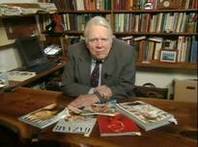 It's Monday, and RD is back with a topic that is sure to stir the pot and probably upset a lot of people. This week RD is discussing everybody's favorite ride manufacturer, Intamin and their seemingly uncanny ability to turn something amazing into something that doesn't work very well. Is this just the manufacturer doing what the park wants, rushed design and manufacturing or a combination. Read on to find out. - Gregg For years now, Intamin has been losing ground in an ever changing battle of scale in the amusement industry. It hasn't always been the case. However, their decline is entirely on their shoulders, and for good reason. Let's take a look at the rise & fall of Intamin's history. For those who don't already know, Intamin actually stands for INTernational AMusement INstallation. They were originally created as a way of marketing new rides all over the world at the dawn of the theme park explosion. Companies such as Haefma (River rapids & log rides), Giovanola (Coasters & ride technology) and the great Schwarzkopf (Coasters & flat rides) used Intamin as a way of selling their rides overseas. This was a very successful venture, filling parks with the latest in rides and manufacturers with an ever growing business. As Intamin grew, their desires to enter the ride building business grew as well. As Intamin began to work on their own rides, Giovanola was their primary contractor, developing & building their version of the Standup coaster as well as the fabled Space Diver coasters. Intamin's first coasters were mostly smaller rides & spinning coasters. While designs were created by Intamin, Giovanola did their track bending & work, that is until they set up their own factories. The result of bringing this in-house was the spectacular Ride of Steel coasters, which combined speed, height & force changes that opened the eyes of many. Much like any firm does, these designs bred other similar coasters, growing in size, length & thrill elements along the way. Inversion coasters soon followed, leading to the eight & ten inversion coaster. The drop tower was redeveloped from the original Giovanola systems into a true drop ride. Intamin began selling these as fast as they could make them, and in any size a park wanted. But the decline was already being rooted. Underengineered systems were notable among almost all of their attractions. Chain breaks were commonplace, even on new coasters. Downtime was notable beyond the norm. Technology was outpacing development's ability to keep up. And then technology began to break:
And then there were the engineering mistakes:
Intamin's reputation for thrills is among the best. Their reputation for quality is among the worst. Looking at their track record, it shows a consistent inconsistency: Odds are that if you've bought an Intamin ride, it is going to have a serious mechanical issue within the first few years. In some cases rides have required serious design changes to alter the track profile or ride mechanisms. In an era when parks (and their riders) are demanding better quality & comfort from their rides, the levels of quality are diminishing greatly. Painful rides such as Green Lantern (SFMM) have earned a reputation for great discomfort. And quality being as bad as it is results in downtime - a black eye on Intamin & the park that has installed one of their attractions. What went wrong? How did a company rooted in quality builders & trades go so poorly so quickly? Why are new rides requiring expensive & time consuming alterations? Part of this has to do with rushing through a ride's creation & building. Being able to develop & build a ride in less than 12 months is a tight schedule all around, and results in quality control being shoddy, and corners being cut. Poor engineering is to blame for some of the issues. Failing to note possible issues in forces is an inexcusible failure of somebody to control the design - and present possible issues to potential owners of new attractions. So what to do with Intamin? They have pushed the envelope - and that is a great thing. But their quality has suffered at the hands of this. First, they need to put better quality control & design to good practice. Other manufacturers have surpassed their quality several times over - and it shows. B&M, MACK, Zierer & others produce rides that are quality installations from day one. Intamin has a reputation that is well earned for building a ride - then spending months tuning it and altering it to fix issues, often at the cost of time & lost revenue to a park. Second, process control must be applied - parks will not spend money unless Intamin spends money. By developing a better product through process will pay yields. Building quality rides that will last a long time is a good start, one that will build to better reputation, and better design processes. We have seen too many good manufacturers go by the wayside due to issues with building rides. Intamin's legendary development is in danger of going that route unless they rebuild their quality- and their reputation. |
Archives
August 2022
|

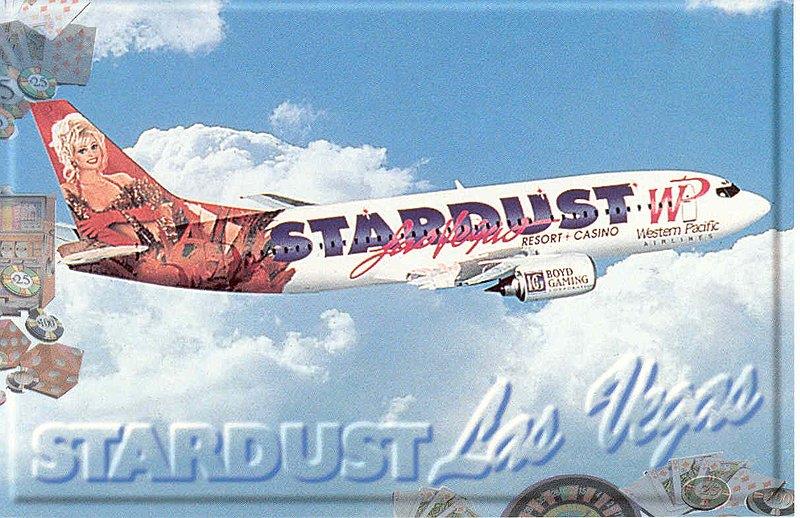
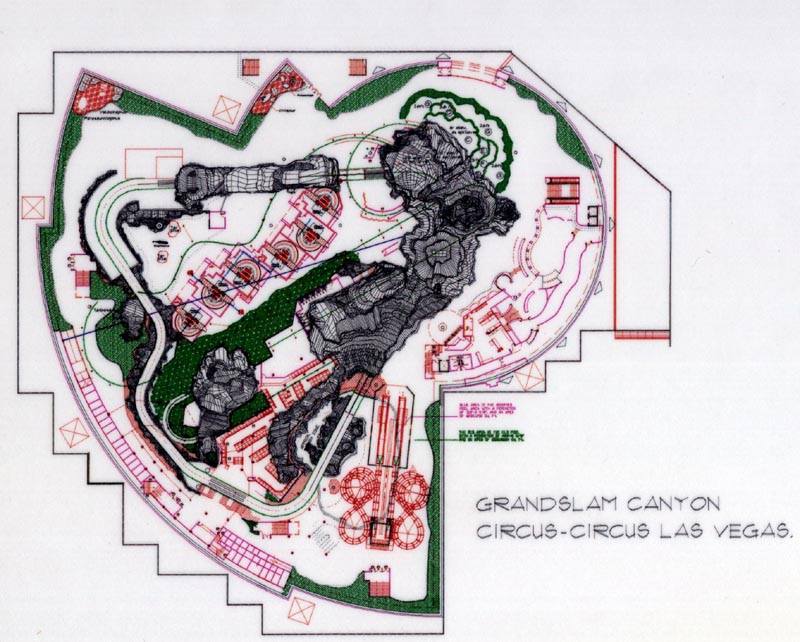
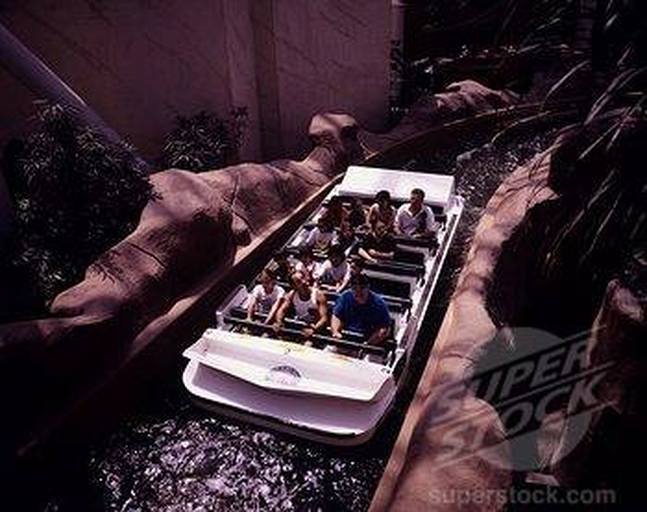
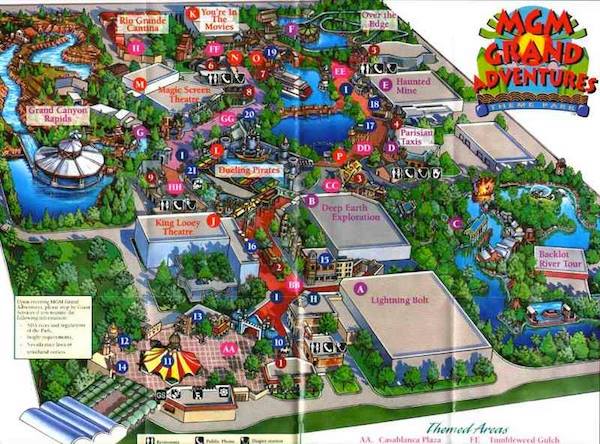
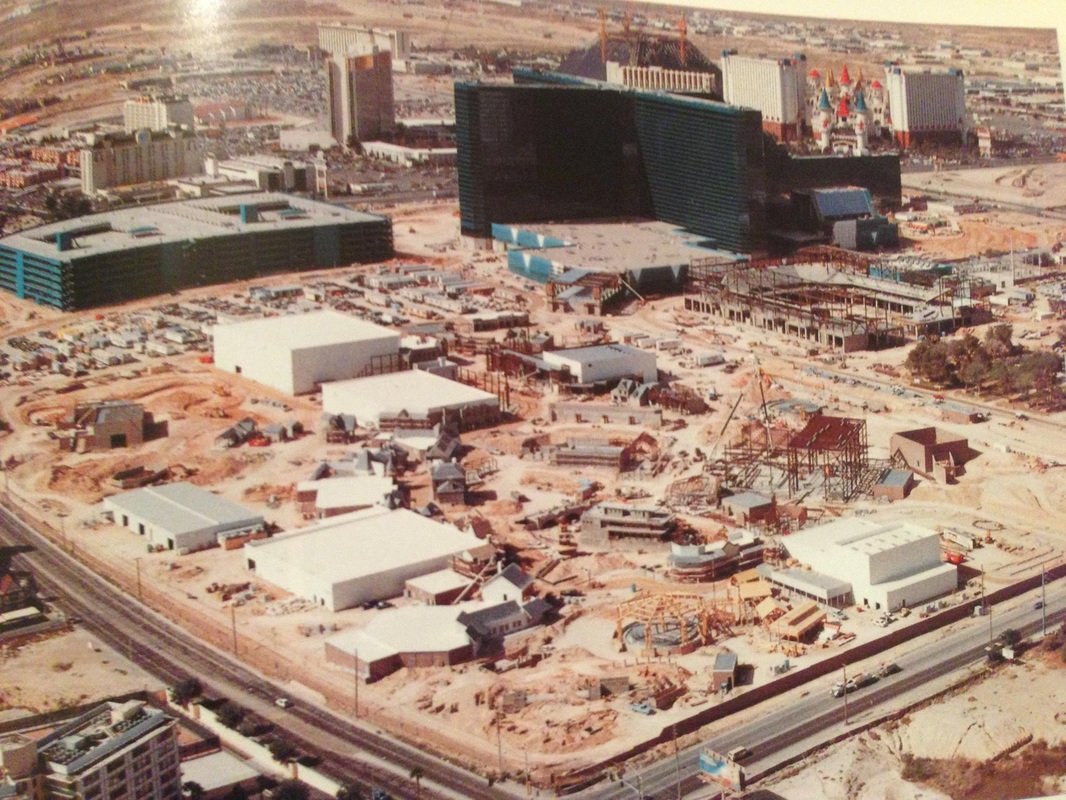
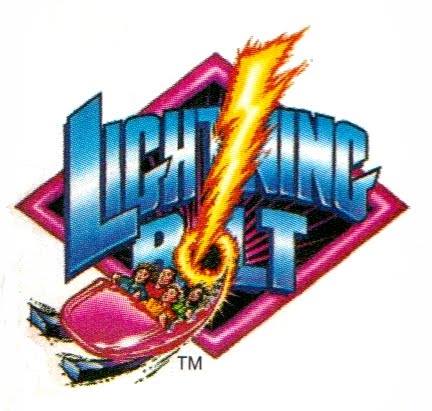
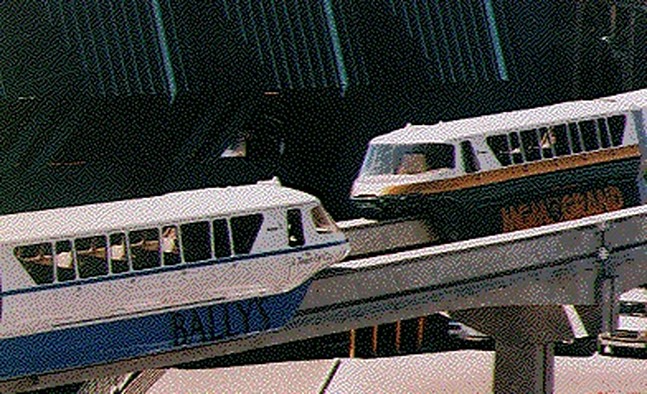
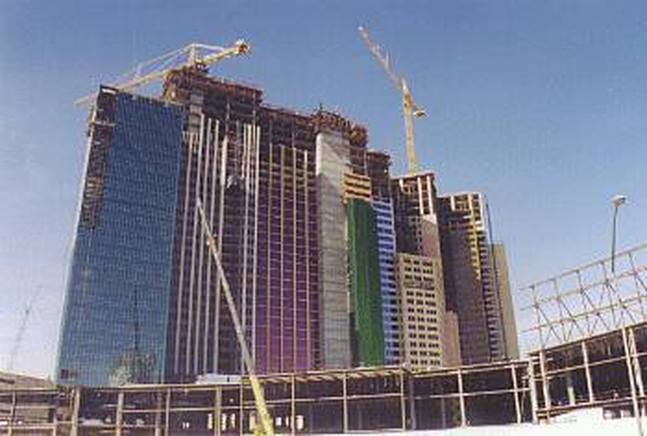



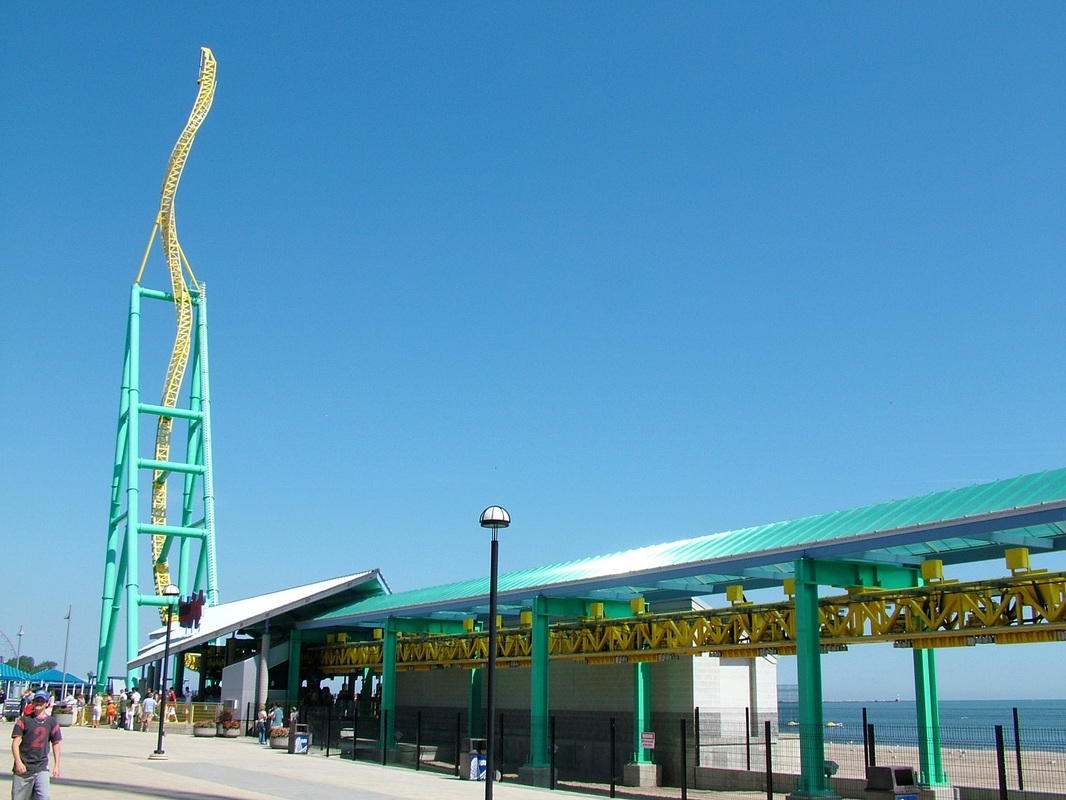
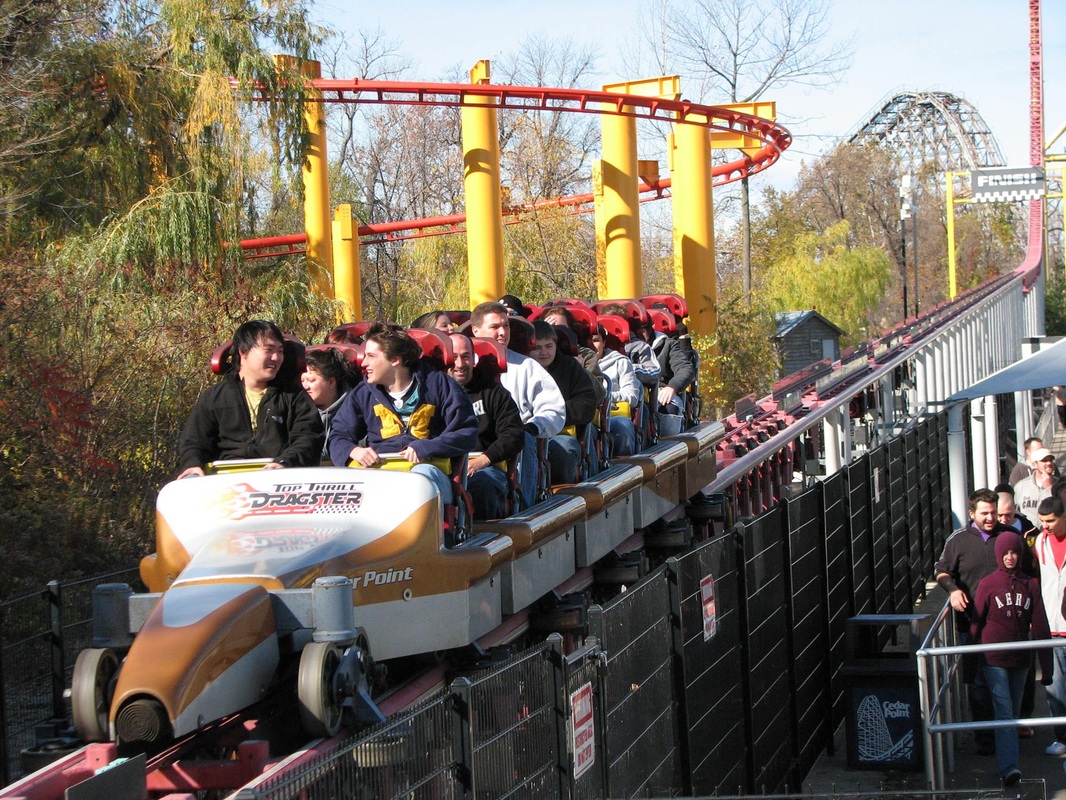
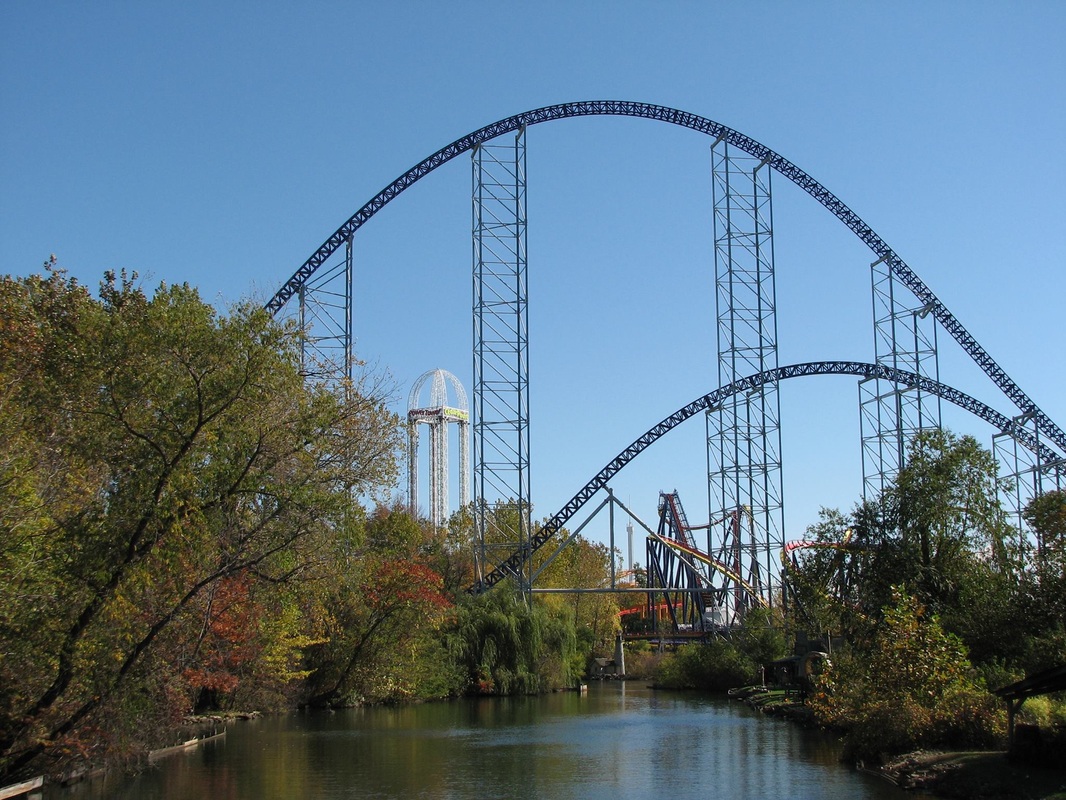


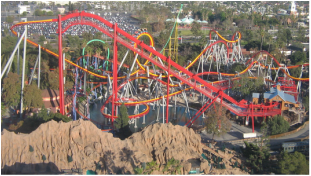
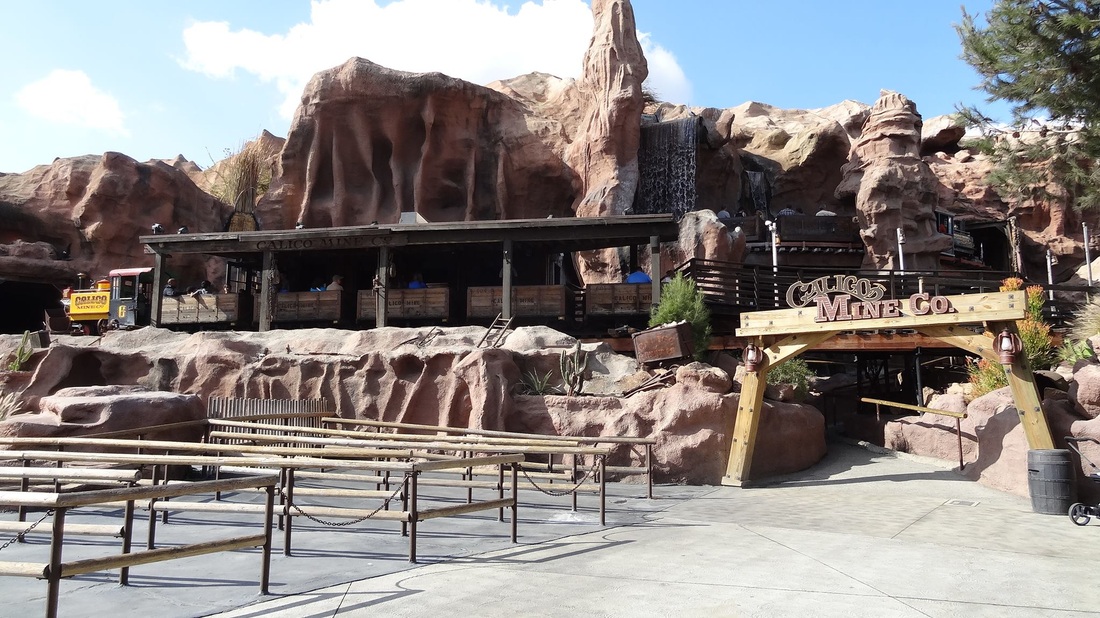
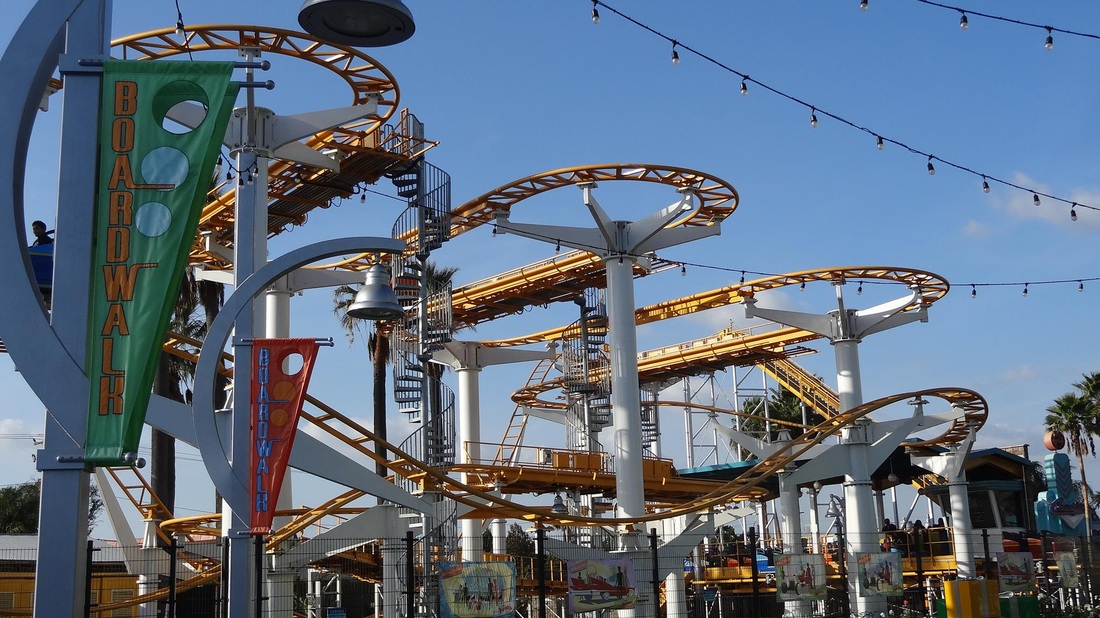
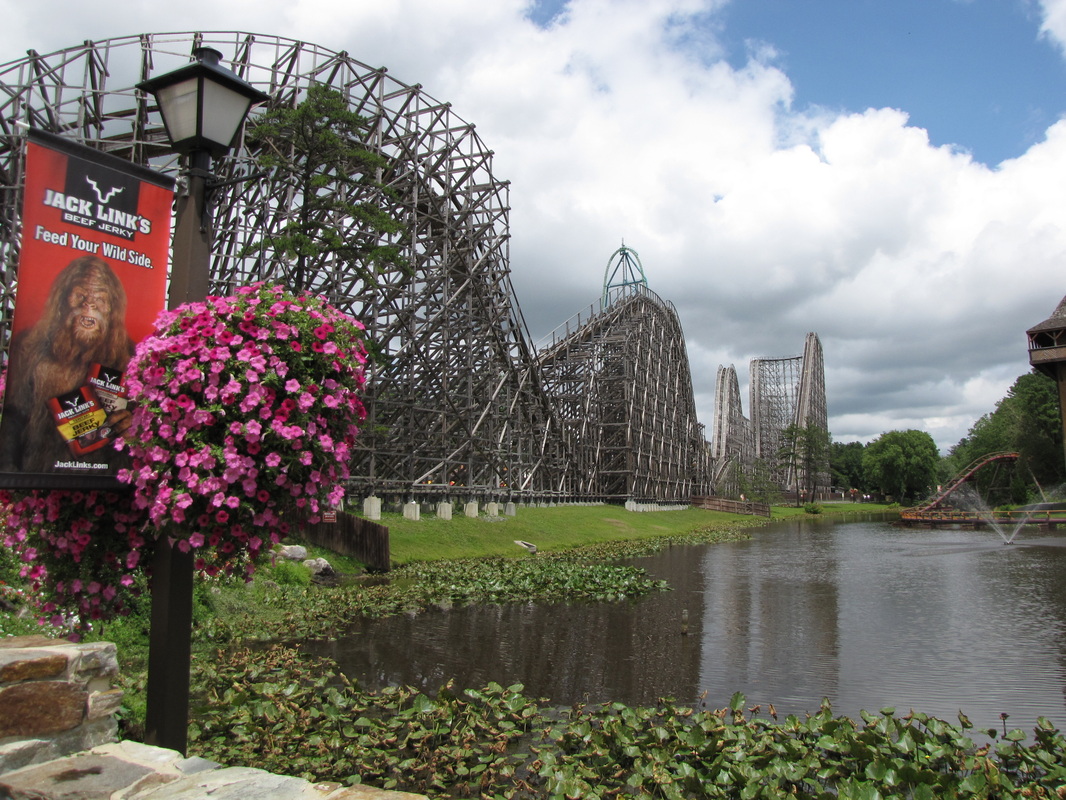
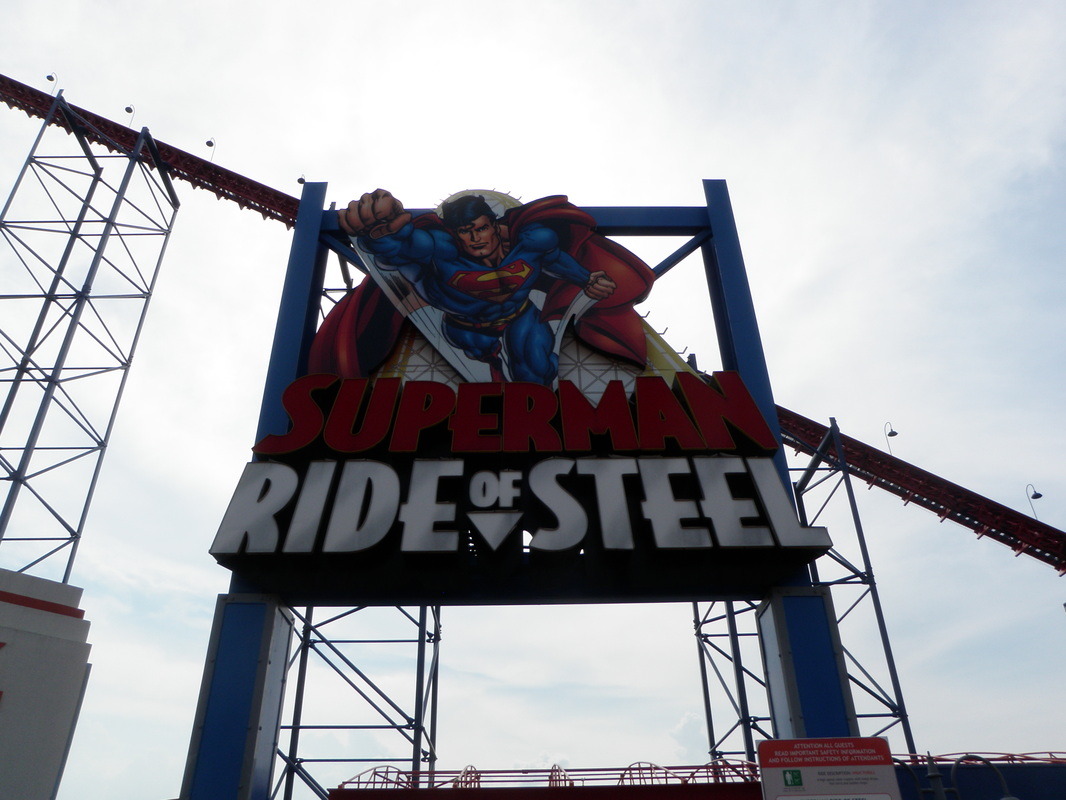
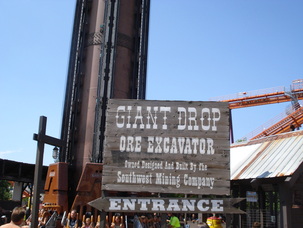
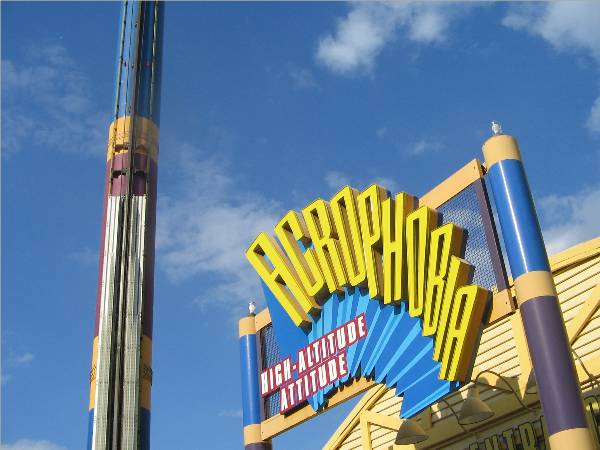

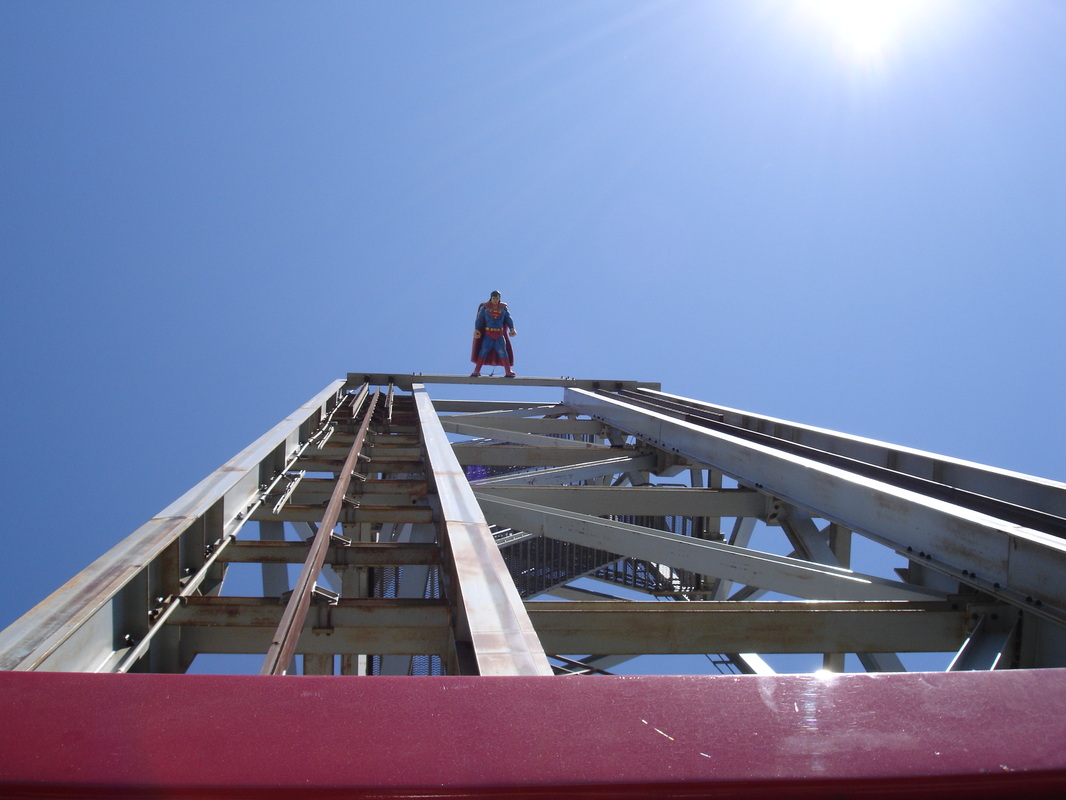

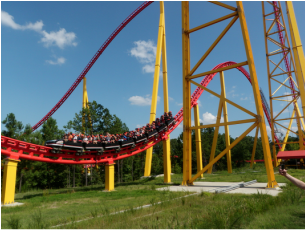
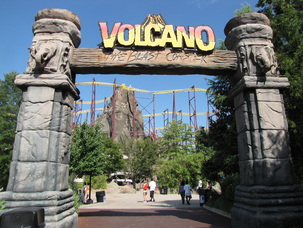
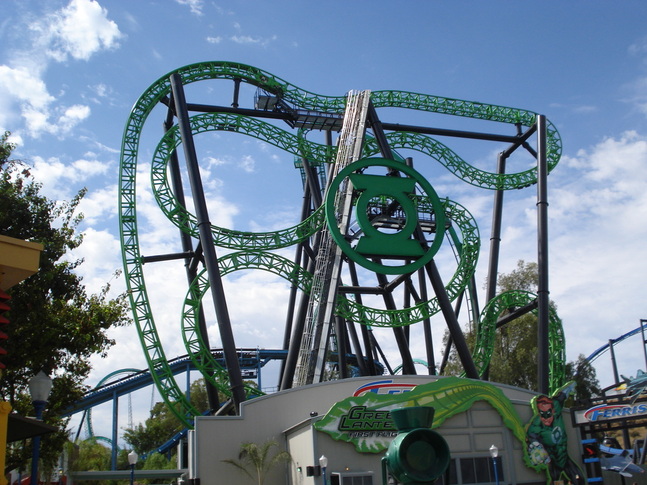
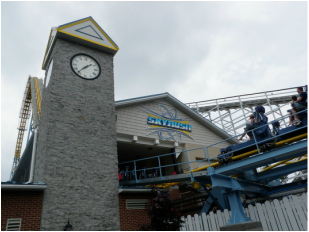
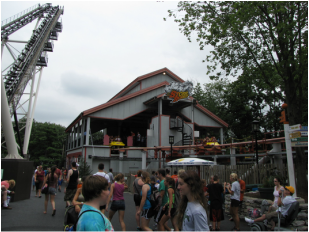
 RSS Feed
RSS Feed